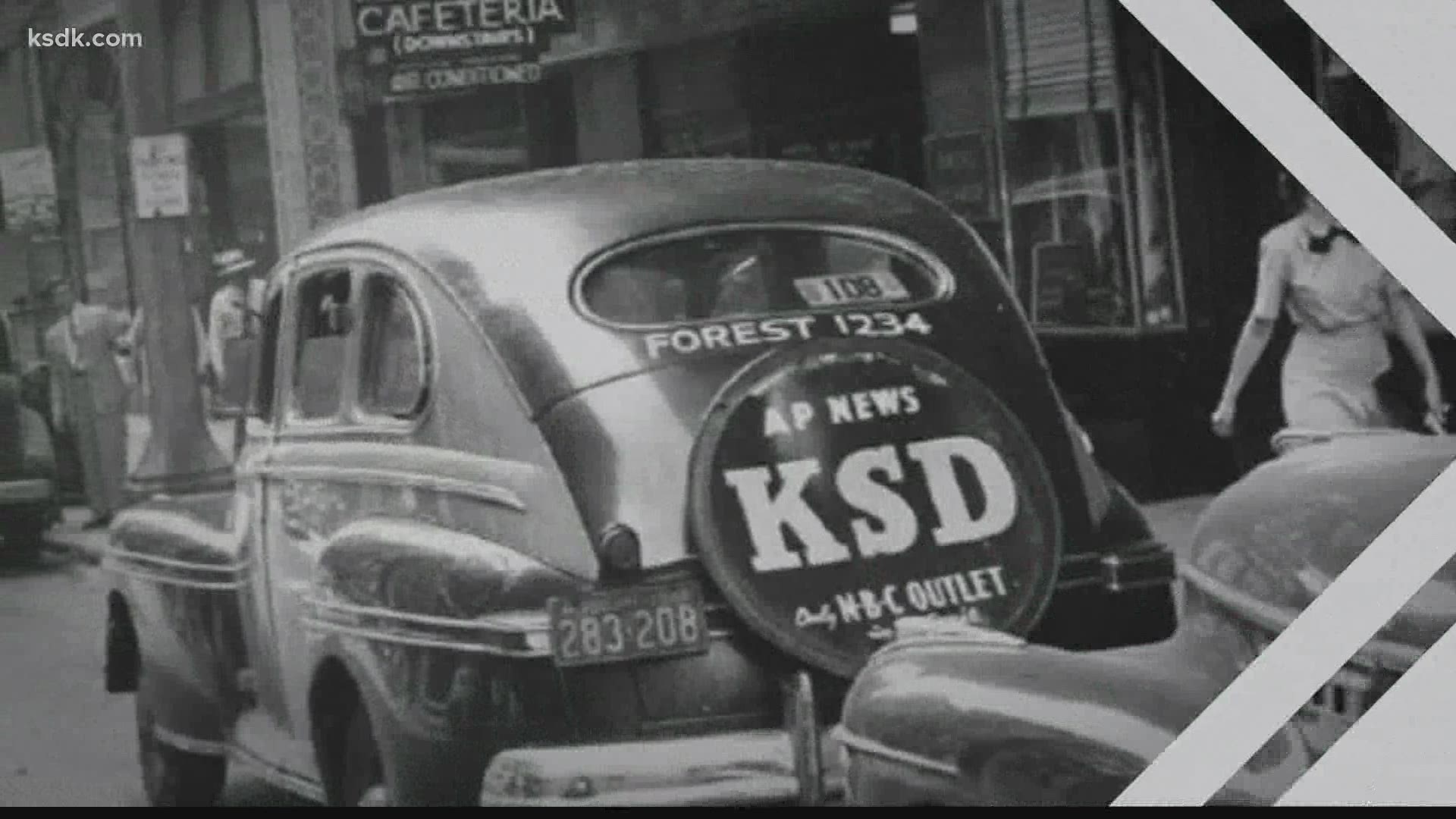ST. LOUIS — A special edition of #VintageKSDK this week.
In 1962, a Kinloch police officer serving a warrant shot and killed a teenager from Kinloch. Both the officer and the teenager were Black.
The shooting sparked riots and more shootings.
But it also led to the development of an outreach program for high school students in Kinloch.
Then, on Dec. 10, 1963, KSDK produced a television special highlighting the program, and there are a lot of similarities with today's calls for social justice and equality.
The television program began with the history of Kinloch, describing a town that had been growing since the 1930's, a safe-haven for African Americans fleeing the poverty of the South.

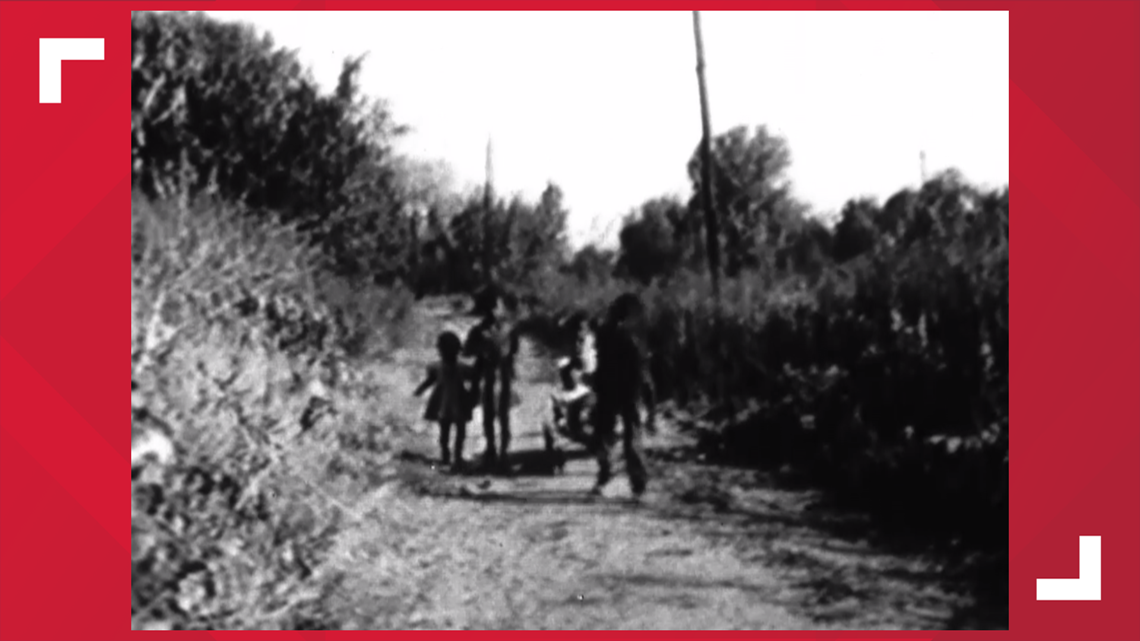
Some of the words and terms used in the program are no longer considered appropriate today. But the inequality it shed a light on, in many ways, hasn't changed.
By 1960, opportunities in Kinloch, by then the largest Black community in the country, hadn't kept pace with the population.
The disparities would reach a boiling point after the fatal shooting of a Black teen by a Black Kinloch officer on Sept. 23, 1962. Riots broke out, leading to the shootings of three police officers, and the arrests of dozens of people.

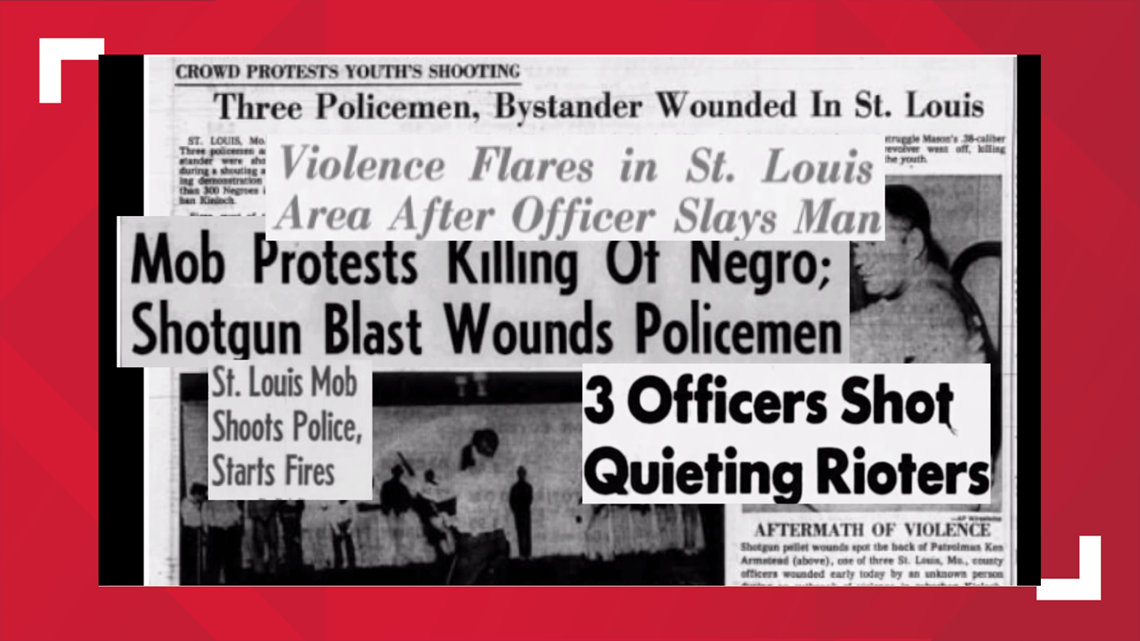
Being young in Kinloch didn't just mean living in poverty, it meant living without hope.
Kinloch teacher Larman Williams was interviewed for the program. He said of his students, "many of them don't achieve because graduation from high school seems like the end of the road to them."

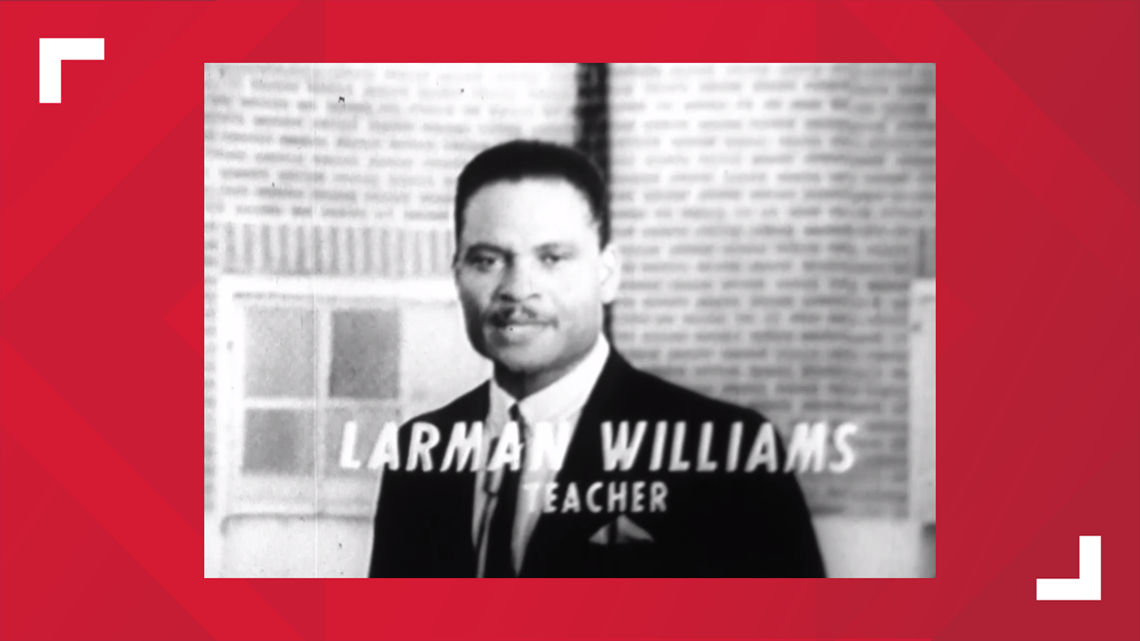
More than a year after the Kinloch riots, the TV special called “Operation Challenge: A Study in Hope,” tried to sound a note of hope. But it also presented viewers with a grim reality.
Mrs. Scott, a mother who sent four of her five children to college, described it in a sentence.
"For years the children in Kinloch have had two strikes against them. One strike being low income in the homes in which they're a part, and the other strike being an inferior education,” said Mrs. Scott.

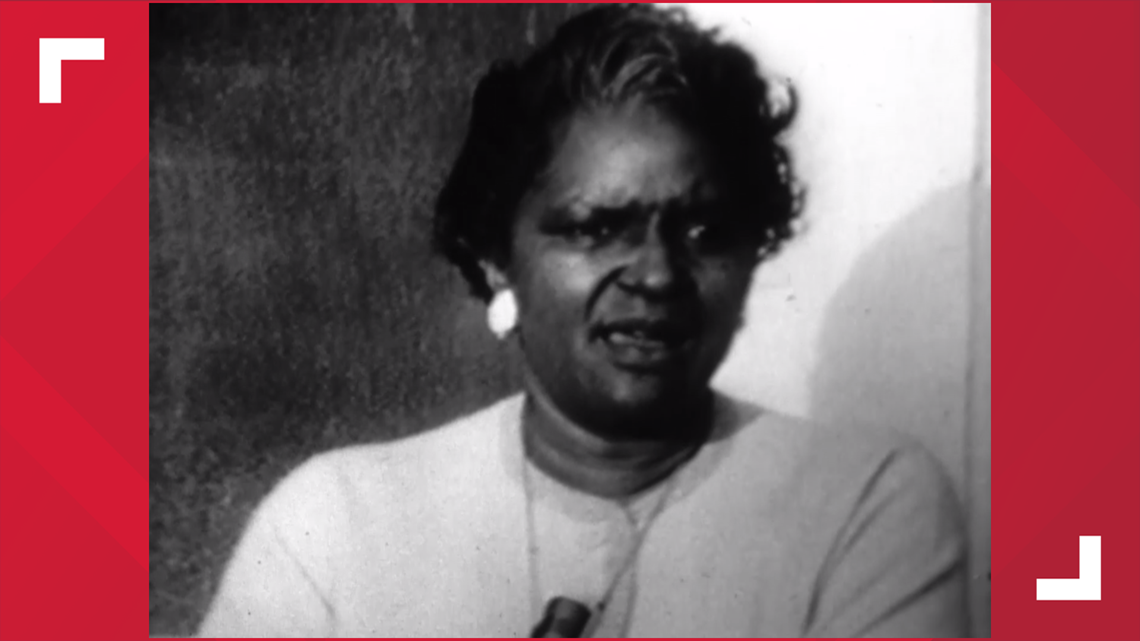
Mary Spencer was the moderator, writer and producer of the special. She used a white board to spell out glaring differences in school spending per student compared with white communities.
The rest of the show outlined the results of a project meant to bring change. Private companies, led by the YMCA, recruited 20 Kinloch High School students and guided them through the college application process or into a job training program.
Kinloch High School principal Lucye Belue described the impact on her students this way.
"For some of these boys and girls it was the first time an adult other than a teacher had taken time to sit down and talk about just themselves,” said Belue.


In the end, 15 of the high school seniors in the program got summer jobs, 12 enrolled in college. Others chose a combination of work and night school. In all, 150 people had tried to bring about a transformation.
We are sharing the Operation Challenge special with the community as a way to learn from the past, and move forward in a positive way in the future.
We also want to learn from it. How can we take this television special from 57 years ago and compare it to the struggle for racial equality and justice going on today?
We asked Rosa Rue-Brown who was born and raised in Kinloch to watch it.
"I did see parallels from the video of 1963 versus today, and mainly it was that public education is still not equal in the African American community compared to more affluent school districts,” said Rue-Brown.
Rue-Brown was a Kinloch high school student who participated in a YMCA program similar to Operation Challenge in the late 60s. She attended the University of Missouri and U.M.-St. Louis, graduating with a degree in teaching. She recently retired after a 30-year career at Maritz.
Rue-Brown believes higher education is actually less accessible to young Black students today than it was when she went to college decades ago.
"It is heartbreaking. And it can be so discouraging to have to find a way to attend a college or university when those funds are not available as they were in the past. It’s devastating and it's a barrier. It keeps many African Americans from attending those institutions of higher learning and it is a problem that we still have to solve today."
Rue-Brown says she also sees many parallels between the struggles of the 60s and today's struggle for better housing opportunities, wages and job security for people of color.

